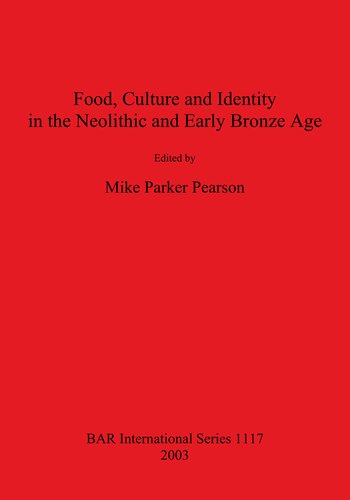

Most ebook files are in PDF format, so you can easily read them using various software such as Foxit Reader or directly on the Google Chrome browser.
Some ebook files are released by publishers in other formats such as .awz, .mobi, .epub, .fb2, etc. You may need to install specific software to read these formats on mobile/PC, such as Calibre.
Please read the tutorial at this link: https://ebookbell.com/faq
We offer FREE conversion to the popular formats you request; however, this may take some time. Therefore, right after payment, please email us, and we will try to provide the service as quickly as possible.
For some exceptional file formats or broken links (if any), please refrain from opening any disputes. Instead, email us first, and we will try to assist within a maximum of 6 hours.
EbookBell Team

0.0
0 reviewsIn the last twenty years historians and social scientists have seen a veritable explosion of research into food and its consumption and social context. And yet archaeology has been slow to catch on. This is all the more surprising since the 'bread and butter' of archaeology are the residues of food preparation and consumption - animal bones, pottery and other containers, cooking places and other technologies of preparation, plant remains (micro and macro), landscapes and settlements, grave goods, etc.,etc. This volume of papers arises out of a conference held in Sheffield in 1999, organised jointly by The Prehistoric Society and the Sheffield University Archaeology Society, on 'Food, Identity and Culture in the Neolithic and Early Bronze Age'. The aim was to bring together the different archaeological interests - from archaeological science and humanities perspectives - in food as cultural artefact/ecofact, to examine the potential of the new and developing scientific techniques for reconstructing prehistoric food habits, and to foster an integrated approach to the archaeology of food regardless of different researchers' specialisms.